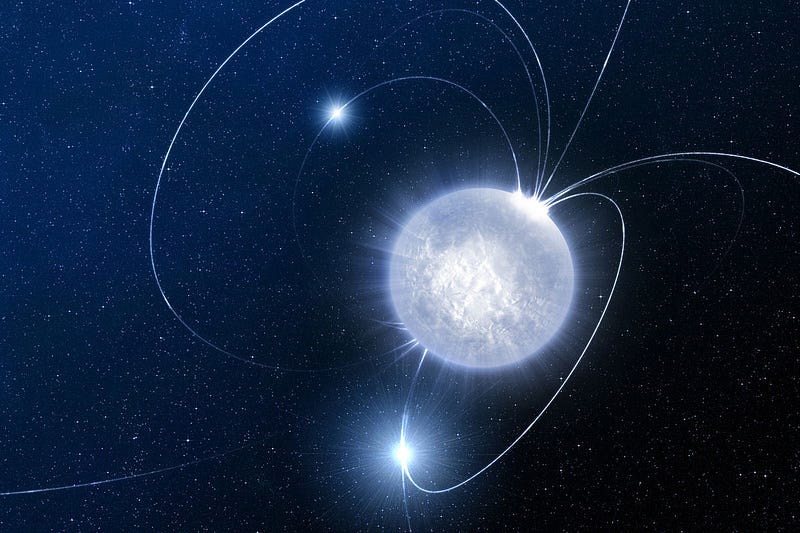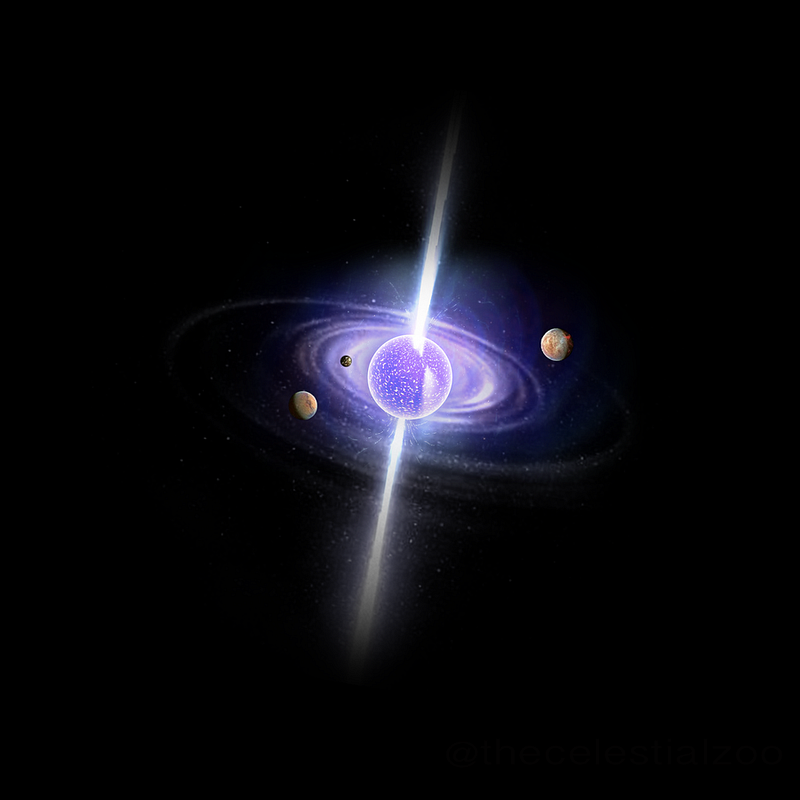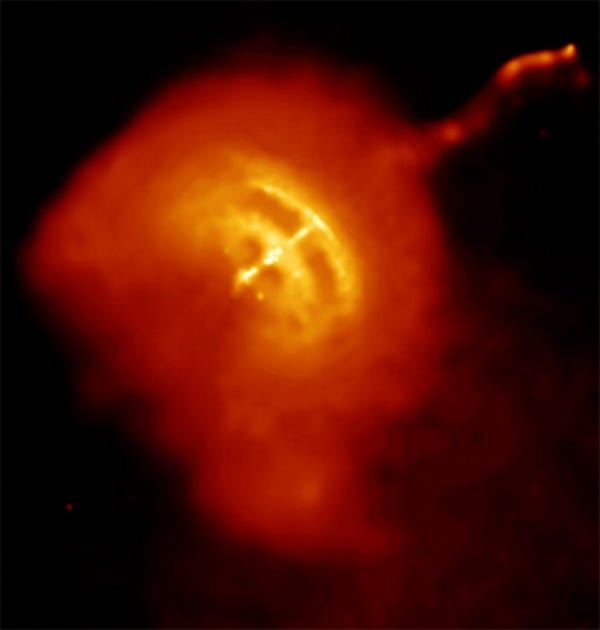Exploring the Mysteries of Fast Radio Bursts in the Cosmos
Written on
Chapter 1: Unraveling Fast Radio Bursts
Recently, the CHIME telescope, located in Okanagan Falls, Canada, captured a fast radio burst (FRB) with extraordinary features. Scientists speculate that this signal may originate from a pulsar or magnetar in a faraway galaxy.

Fast radio bursts are among the cosmic enigmas yet to be fully understood. These bursts consist of intense, brief radio signals emanating from deep space, lasting only milliseconds. The first FRB was identified in 2007, and since then, the scientific community has debated their origins, commonly attributing them to neutron stars or black holes—immensely dense celestial bodies.
Section 1.1: Characteristics of Fast Radio Bursts
Typically, fast radio bursts are one-off events that cannot be predicted, making their detection a matter of chance. Observations rely on telescopes being aimed precisely at the region of space from which the signal is detected.
Less frequently, repeated FRBs have been observed. In 2020, the first of its kind was found, emitting a signal from 500 million light-years away on a 16-day cycle. This phenomenon was irregular, lasting four days before a 12-day hiatus. Researchers from MIT monitored this signal for 500 days, confirming the cycle remained consistent.
Subsection 1.1.1: A Record-Breaking Discovery
The latest findings, detailed in the scientific journal Nature, reveal an unprecedented FRB, designated FRB 20191221A. Unlike typical bursts, this signal persisted for up to 3 seconds—about a thousand times longer than the average FRB. Remarkably, the signal exhibited periodic amplification every 0.2 seconds, resembling a heartbeat, as noted by astrophysicist Daniele Michilli from MIT.

Section 1.2: The Quest for Sources
This recent FRB is the first of its kind with such attributes. Michilli highlights the rarity of celestial objects emitting regular pulses, citing pulsars and magnetars in our galaxy as prime examples. In 2020, the first FRB from the Milky Way was identified, traced back to a magnetar named SGR 1935+2154, located 30,000 light-years away in the constellation Pisces.

Chapter 2: Theories Behind the Enigma
Scientists suggest that the newly identified pulse might share traits with signals from pulsars or magnetars. However, the exact origin of FRB 20191221A remains elusive, likely situated in a distant galaxy. This signal is millions of times brighter than those from the Milky Way, leading Michilli to quip that its source could be a "pulsar or magnetar on steroids."
Researchers are eager to attempt further observations of this unusual FRB, hoping to narrow down its location and ultimately identify its source.
The first video titled "What are Fast Radio Bursts? | The Royal Society" delves into the intriguing nature of these cosmic phenomena, exploring their origins and implications for our understanding of the universe.
The second video, "Fast Radio Bursts: A Cosmic Mystery," provides insight into the scientific efforts to decode these mysterious signals and their potential impacts on astrophysics.
In search of ancient civilizations. In these places, you will discover the ghosts of the past.
All that remains of ancient civilizations is history. Nevertheless, thanks to ongoing archaeological discoveries, we continue to learn about our past.
Cool that you made it to the end of this article. I would greatly appreciate your support through claps or by following me. Thank you!